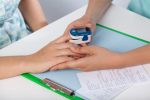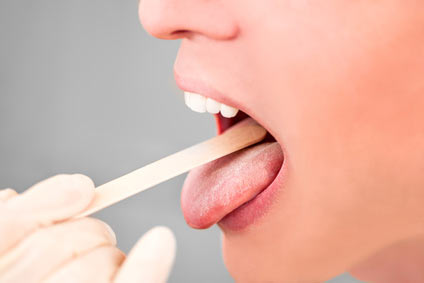Can I find a cpap mask that will be successful on my own face?
by Barb F.
(Canada)
I'm seeking a facial apparatus to provide a successful seal without creating significant pain on cheek-bones, forehead, or neck/spine.
2009&2010 serious cognitive decline; daily head pain & exhaustion. I thought I was getting dementia. My doctor sent me to hospital for testing. Diagnosed with Sleep Apnea - I stop breathing 30 times per hour.
With use of CPAP machine&mask extreme cognitive improvement! Got my life 'back again'!!!
In September 2010, initially given a 'half mask', fitted over my nose (eyes to upper lip). To maintain seal, was too painful on my prominent cheek bones.
October 2010, given fitted nostril 'pads' which supported by straps from LOWER 'plastic' grippers at the jaw. Pads 'dropped away'; seal unsuccessful.
November 2010, given fitted nostril 'pads' which held from TOP, via plastic cheek-grippers. Air-force made my nostrils 'flared and tender' for a day and the bridge of my nose painful for up to 48 hours.
December 2010, stopped wearing everything; headaches and cognitive disability return.
January 2011, given a full-face mask, fitted over my nose and mouth. Full-face mask has GIVEN MOST OVERALL COMFORT ZONE FOR SLEEPING.
Still, - and as with the half-mask - in order to maintain a seal I suffer noticeable red marks on skin,& tenderness on my prominent cheek bones.
But the MOST DIFFICULTY from the full face-mask is that the lower strapping PAINFULLY crosses my spine and neck arteries. My neck muscles and tendons are SO achy.
What design will achieve success for me?
Barb
Answer
Dear Barb, you have quite an interesting history about trying to find the best mask for your face. And it seems that the full face mask is the most comfortable for you.
Now, you only need to find a way to prevent those terrible leaks. I wrote some tips about this subject in the CPAP mask problems page. You will find very useful and practical suggestion to properly fit your full face mask.
There is a new alternative for the full face mask, which is an oral cpap mask Oracle HC452 . This type of mask includes only a mouth piece and nose plugs and are for people who do not or cannot breathe through their nose.
This video demonstrates what exactly is an oral cpap mask:
In my last newsletter, I also suggested another useful tip to fit the CPAP mask. I will repeat the advice about fitting a CPAP mask here:
- pull it straight up off your face and set it back down. This will sometimes fix it.
- you can run your finger in between the seal and your skin all the way around the mask to ensure that the seal is folded under to do its job.
1. First get your bed comfortable. Gather all of your creature comforts and make your nest. This reduces unwanted trips out of bed after you have the mask on. This is important as you could wake yourself up.
2. Turn your machine ON. Your mask should be filled with air when fitting.
3. Put the mask on sitting upright. Put the mask on just so that it rest on your face. It should be leaking at this time. (If you have a Resmed adjustable mask crank it out so that the forehead is pushed out as far as possible).
4. Now, lay down on your back and listen to your mask leaks for a second. Doing this trains your mind to hear them. Adjust the bottom straps first. Undue them and pull them straight out from the mask(the mask will want to slide down the straps).
This is to even out the straps. If they are not even stop and fix it! Now evenly tighten the mask down just enough to form seal around your mouth(for full face masks) or the bottom of your nose(for nasal masks).
5. Next do the same with the top straps. Remember the top strap is more of an anchor. It should rest on your forehead rather than dig into it.(At this time if you have a Resmed adjustable mask crank it down. It should hug the bridge of your nose and finish the seal).
You should not be uncomfortable and you should not here any leaks. The mask should be resting on your face at this point not digging or rubbing but resting. If it hurts loosen it.
If you hear leaks you have two options:
Once you have these steps down the others are easy. Turn on your right, and left sides and adjust to rid leaks as well. This is important because the seal won't be the same on your sides as it is on your back. Set yourself up for success and adjust for all positions.
Remember it only has to be as tight as you can handle comfortably. If you can't form a comfortable seal then you need a different mask.
I hope it helps. Don't be afraid to comment back.
Remy Thierry
Founder of Sleep Apnea Guide







